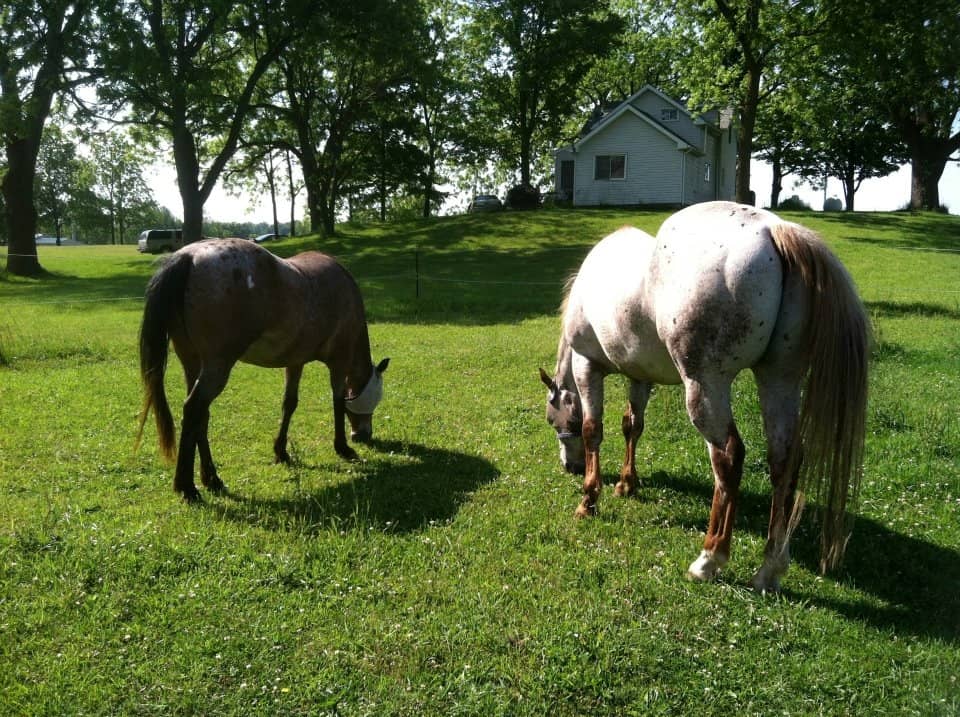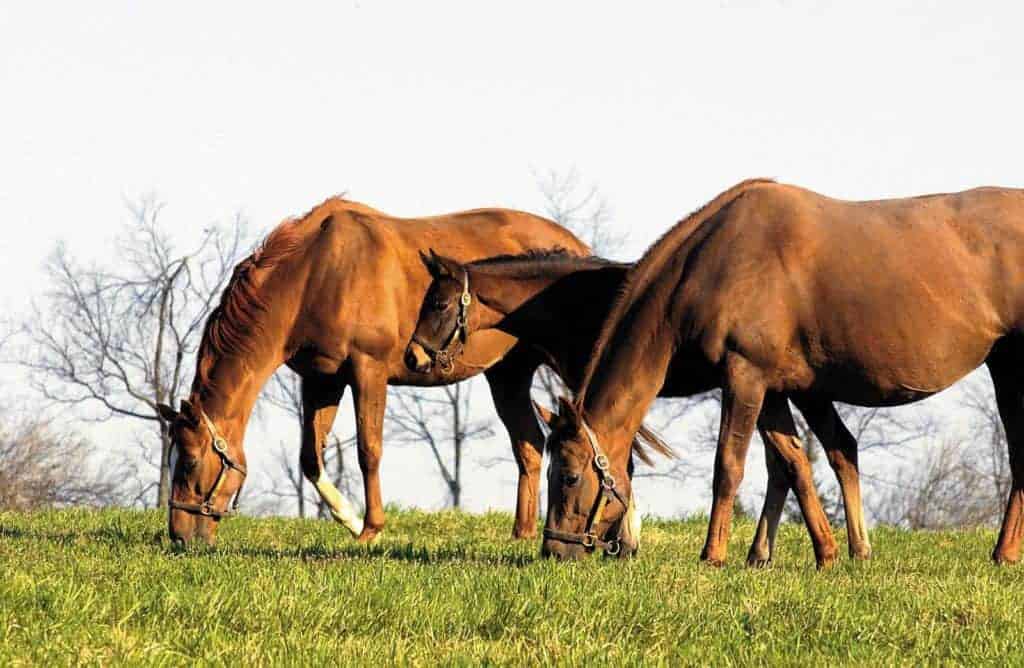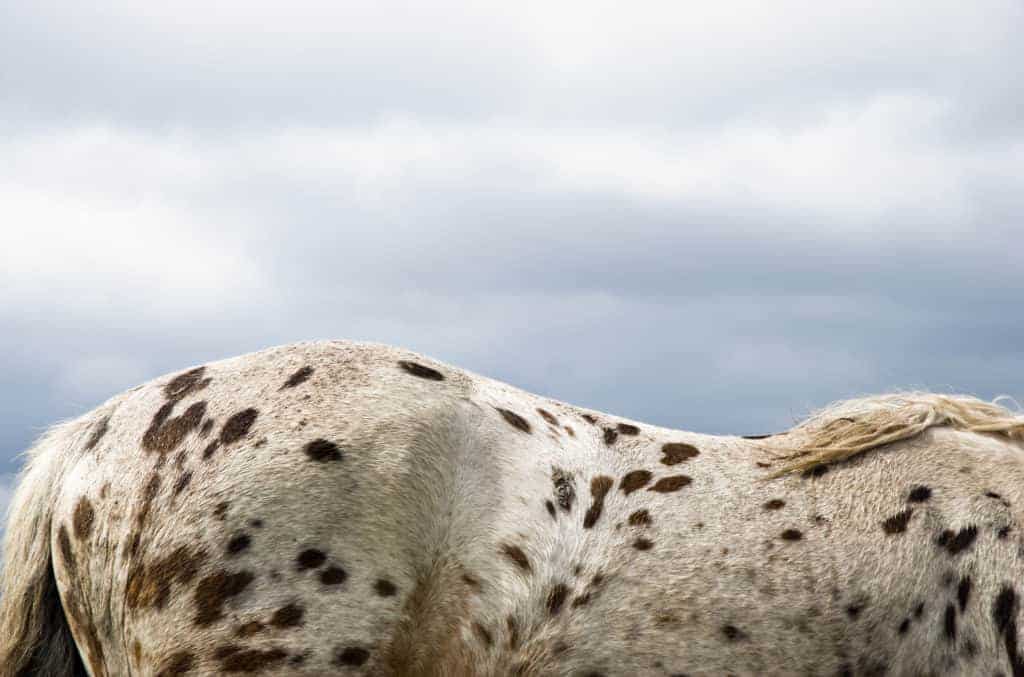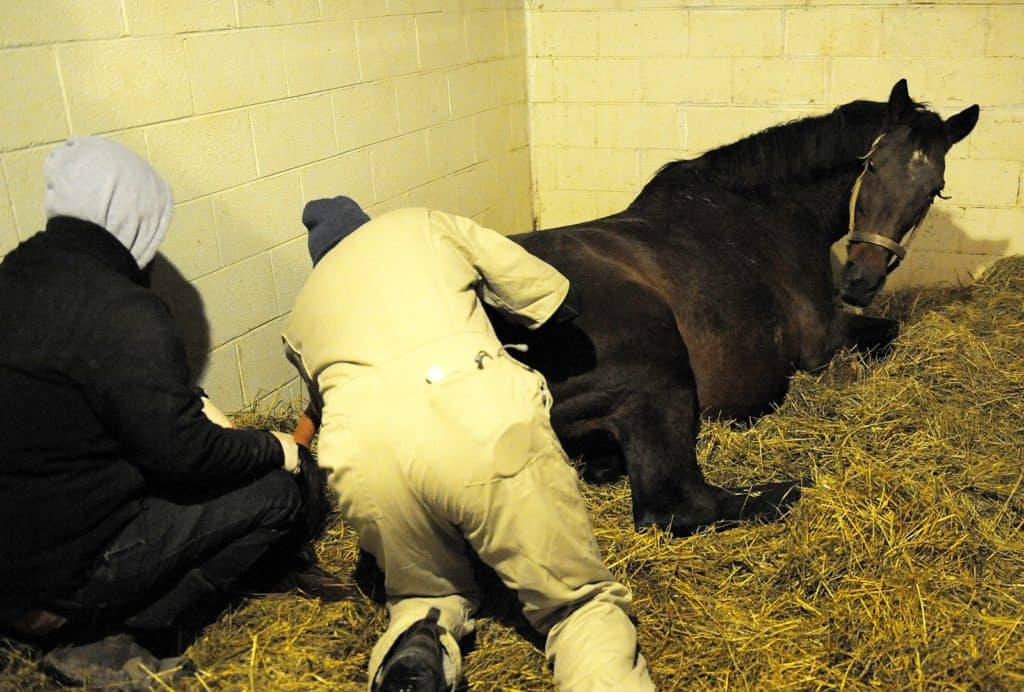
Stress’ Impact on Equine Gene Activation
Chronic stress could lead to an increased susceptibility to disease due to the activation of certain genes.

Chronic stress could lead to an increased susceptibility to disease due to the activation of certain genes.

Researchers believe the fetal consciousness transition could have a significant impact on neonatal health.

One embryo biopsy technique yields accurate results for sex determination without serious threat to survival.

What makes a palomino golden or pintos splotched as if covered in paint? In this UK Lecture presentation, Dr. Kathy Graves shares the basics of equine coat color genetics and how base colors, dilute genes, and certain coat patterns are inherited.

During the breeding and foaling season, lush fescue pastures could create problems for pregnant mares.
Lecture topics will include planning a mating, nutrition, foaling, farm and pasture management, and more.
Equine Guelph will offer a 12-week equine genetics course in the fall of 2013.
A combination of inclement weather and a suffering economy are creating tough times for English horse owners.
The BLM is studying the spaying of fertile wild mares in order to control wild horse population growth.
My mare was bred more than 390 days ago and still has not foaled. Is it possible she has grass poisoning?

Researchers are studying multiple parts of the Y chromosome to determine how modern sport horses came to be.

Common foaling problems include red bag delivery, difficult birth, and retained fetal membranes.

Swedish researchers discovered that genetic makeup affects locomotion patterns in horses.

One researcher describes how practitioners can monitor pregnant mares to minimize reproductive losses.

What’s behind a horse’s coat color? The answer lies in coat color genetics.

Reproductive specialist Dr. Pat McCue of Colorado State University describes instances when a mare needs help during labor.
Stay on top of the most recent Horse Health news with
"*" indicates required fields